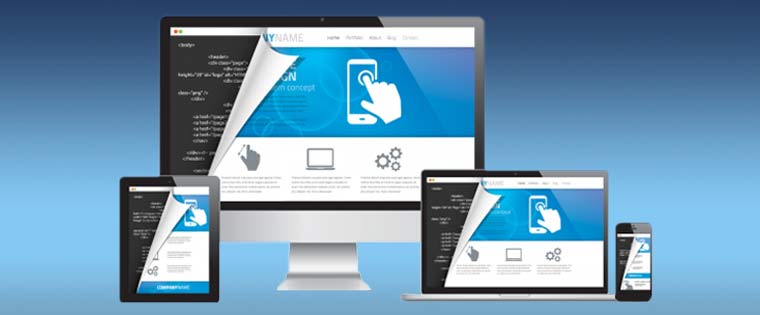Audience, Device, Content: Keys to a Successful Mobile Learning Strategy

Many organizations have adopted mobile learning and are now looking for ways to optimize it for achieving their training objectives. This starts with designing a successful mobile learning strategy. In this blog, we will discuss three key factors you should consider when designing your mobile learning course.
Assess the AUDIENCE Fit
When designing a mobile learning strategy, it is important to know your audience. Find out if your audience uses mobile devices on a regular basis, what they already know and what they hope to take away from the learning. Find out if they are ready to access courses on their mobile devices, where they will access, and the time they will devote to the course.
Moreover, it makes sense to have mobile learning if you have a remote workforce that needs training at the point of need or a workforce that travels often and will benefit from online access to training.
More importantly, you need to know the percentage of your audience resistant to mobile learning. This will help you devise a plan to make them adopt it rather than forcing them, as it is sure to backfire when forced. You can ease them into the mobile learning experience by asking them to complete supplemental mobile learning courses, so that they understand how mobile learning will help them. This will motivate them to complete full-fledged mobile learning courses, later.
When your employees are comfortable using mobile technology but have limited time for learning and are yet to meet their learning objectives, mobile learning would be an ideal fit in your training strategy.
Design According to the DEVICE
You might spend a lot of time and effort in developing a mobile learning course, but after you launch it, you find that very few people are logging on. Why is it so? You might have designed the course for iPhones but a majority of your employees has Android devices. They will have trouble viewing the text and images or for that matter, even downloading them. So, it is crucial to know the device you are designing for. The best option would be to use responsive design so that your course will run on multiple devices.
Another aspect in design is to find out if the images, videos and other graphics will enjoy an optimum view on the screens of mobile devices. To ensure learners get an optimum view irrespective of the device, start with designing for the smallest screens first and then go on adding additional features and content for larger screens.
Create Engaging CONTENT
The content of a regular e-learning course cannot be fit into a mobile learning course but it can be modified to be integrated in your mobile learning strategy. The key is to repurpose content so that it suits the learning demands of your learners and the constraints of designing it for a mobile device.
Your mobile learning strategy should consider dealing with a highly-distracted audience. A mobile learning course is most likely to be accessed by people who are on the move and view in an environment with many distractions. So the content should catch their attention.
Content has to be engaging, packed with information and presented in an attractive manner to motivate them to go through the course from the beginning to the end. Interactive infographics, branching scenarios, stories, and quizzes will engage learners in the course.
Since learners will be accessing the courses anytime and anywhere based on their convenience, they really do not have time to go through a 30-minute module. So the content should be delivered as small modules that catch their attention. Microlearning modules that are not more than 5-10 minutes long are best suited for mobile learning. With such a short window, everything in the module must add value. Lengthy text must be shortened as bullet points and key ideas must be highlighted. But the key factor is to make the course easy to navigate on mobiles to truly engage the learner.
Audience, device and content are three key aspects you must consider when designing a mobile learning course. We will cover three more crucial aspects of mobile learning development in my next blog.





